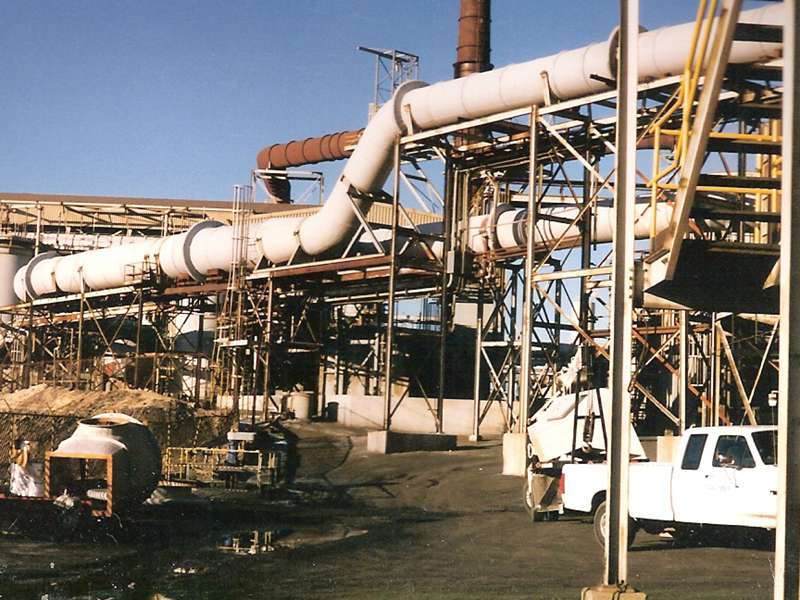
-
 Afrikaans
Afrikaans -
 Albanian
Albanian -
 Amharic
Amharic -
 Arabic
Arabic -
 Armenian
Armenian -
 Azerbaijani
Azerbaijani -
 Basque
Basque -
 Belarusian
Belarusian -
 Bengali
Bengali -
 Bosnian
Bosnian -
 Bulgarian
Bulgarian -
 Catalan
Catalan -
 Cebuano
Cebuano -
 China
China -
 China (Taiwan)
China (Taiwan) -
 Corsican
Corsican -
 Croatian
Croatian -
 Czech
Czech -
 Danish
Danish -
 Dutch
Dutch -
 English
English -
 Esperanto
Esperanto -
 Estonian
Estonian -
 Finnish
Finnish -
 French
French -
 Frisian
Frisian -
 Galician
Galician -
 Georgian
Georgian -
 German
German -
 Greek
Greek -
 Gujarati
Gujarati -
 Haitian Creole
Haitian Creole -
 hausa
hausa -
 hawaiian
hawaiian -
 Hebrew
Hebrew -
 Hindi
Hindi -
 Miao
Miao -
 Hungarian
Hungarian -
 Icelandic
Icelandic -
 igbo
igbo -
 Indonesian
Indonesian -
 irish
irish -
 Italian
Italian -
 Japanese
Japanese -
 Javanese
Javanese -
 Kannada
Kannada -
 kazakh
kazakh -
 Khmer
Khmer -
 Rwandese
Rwandese -
 Korean
Korean -
 Kurdish
Kurdish -
 Kyrgyz
Kyrgyz -
 Lao
Lao -
 Latin
Latin -
 Latvian
Latvian -
 Lithuanian
Lithuanian -
 Luxembourgish
Luxembourgish -
 Macedonian
Macedonian -
 Malgashi
Malgashi -
 Malay
Malay -
 Malayalam
Malayalam -
 Maltese
Maltese -
 Maori
Maori -
 Marathi
Marathi -
 Mongolian
Mongolian -
 Myanmar
Myanmar -
 Nepali
Nepali -
 Norwegian
Norwegian -
 Norwegian
Norwegian -
 Occitan
Occitan -
 Pashto
Pashto -
 Persian
Persian -
 Polish
Polish -
 Portuguese
Portuguese -
 Punjabi
Punjabi -
 Romanian
Romanian -
 Russian
Russian -
 Samoan
Samoan -
 Scottish Gaelic
Scottish Gaelic -
 Serbian
Serbian -
 Sesotho
Sesotho -
 Shona
Shona -
 Sindhi
Sindhi -
 Sinhala
Sinhala -
 Slovak
Slovak -
 Slovenian
Slovenian -
 Somali
Somali -
 Spanish
Spanish -
 Sundanese
Sundanese -
 Swahili
Swahili -
 Swedish
Swedish -
 Tagalog
Tagalog -
 Tajik
Tajik -
 Tamil
Tamil -
 Tatar
Tatar -
 Telugu
Telugu -
 Thai
Thai -
 Turkish
Turkish -
 Turkmen
Turkmen -
 Ukrainian
Ukrainian -
 Urdu
Urdu -
 Uighur
Uighur -
 Uzbek
Uzbek -
 Vietnamese
Vietnamese -
 Welsh
Welsh -
 Bantu
Bantu -
 Yiddish
Yiddish -
 Yoruba
Yoruba -
 Zulu
Zulu
GRP Pipe Systems for Efficient Water and Waste Management Solutions
The Importance of GRP Piping Systems in Modern Infrastructure
GRP (Glass Reinforced Plastic) piping systems have emerged as a revolutionary solution in the field of industrial piping. With their unique blend of lightweight properties, high strength, and corrosion resistance, GRP pipes are becoming increasingly popular across various sectors, including water treatment, chemical production, and construction.
Durability and Longevity
One of the most significant advantages of GRP piping systems is their exceptional durability. Traditional materials like steel and concrete are often prone to corrosion, which can lead to structural failures and costly maintenance. GRP pipes, on the other hand, are resistant to a wide range of chemicals, making them suitable for transporting aggressive substances without the risk of degradation. Their lifespan can exceed 50 years, significantly reducing the need for replacements and repairs.
Lightweight and Easy to Handle
GRP pipes are considerably lighter than their metal counterparts. This characteristic not only simplifies transportation and handling but also eases installation processes. The lightweight nature of GRP allows for the construction of extensive piping networks without the need for heavy lifting equipment, thereby reducing labor costs and project timelines. This feature is particularly beneficial in remote or challenging environments where logistical support is limited.
Cost-Effectiveness
grp piping system

While the initial investment in GRP piping systems may be higher than traditional materials, the long-term savings are noteworthy. The reduced maintenance needs, combined with the pipe’s longevity and resistance to degradation, result in lower life-cycle costs. Additionally, GRP pipes are manufactured in a way that minimizes waste, contributing to an eco-friendlier approach to infrastructure development.
Versatility in Application
GRP piping systems are immensely versatile and can be customized to meet specific project requirements. Their design can accommodate various diameters, thicknesses, and lengths, making them suitable for a multitude of applications, including sewage and wastewater management, stormwater drainage, and industrial fluid transfer. Furthermore, GRP pipes can be fabricated to include features such as joints and fittings to enhance their functionality, allowing for seamless integration into existing systems.
Environmental Benefits
With the increasing emphasis on sustainability, GRP piping systems align with modern environmental goals. They are manufactured using recyclable materials, and their longevity means that they contribute less to landfill waste over time compared to traditional materials. Additionally, the lightweight nature of GRP reduces the carbon footprint associated with transportation and installation.
Conclusion
In conclusion, GRP piping systems represent a forward-thinking solution to the challenges faced by traditional piping materials. With their remarkable durability, lightweight properties, cost-effectiveness, and adaptability for various applications, they offer significant advantages that can enhance infrastructure projects. As industries continue to seek sustainable and efficient solutions, the adoption of GRP pipes is likely to increase, paving the way for safer and more reliable piping systems in the future. Engineers and project managers should consider the long-term benefits of GRP materials as they plan and execute new projects, ensuring that modern infrastructure is both resilient and environmentally friendly.
Latest news
-
Exploring the Benefits of Top Hammer Drifter Rods for Enhanced Drilling PerformanceNewsJun.10,2025
-
High-Precision Fiberglass Winding Machine for GRP/FRP Pipe Production – Reliable & Efficient SolutionsNewsJun.10,2025
-
FRP Pipes & Fittings for Shipbuilding - Corrosion-Resistant & LightweightNewsJun.09,2025
-
Premium FRP Flooring Solutions Durable & Slip-ResistantNewsJun.09,2025
-
Premium Fiberglass Rectangular Tanks Durable & Lightweight SolutionNewsJun.09,2025
-
Tapered Drill String Design Guide Durable Performance & UsesNewsJun.09,2025









